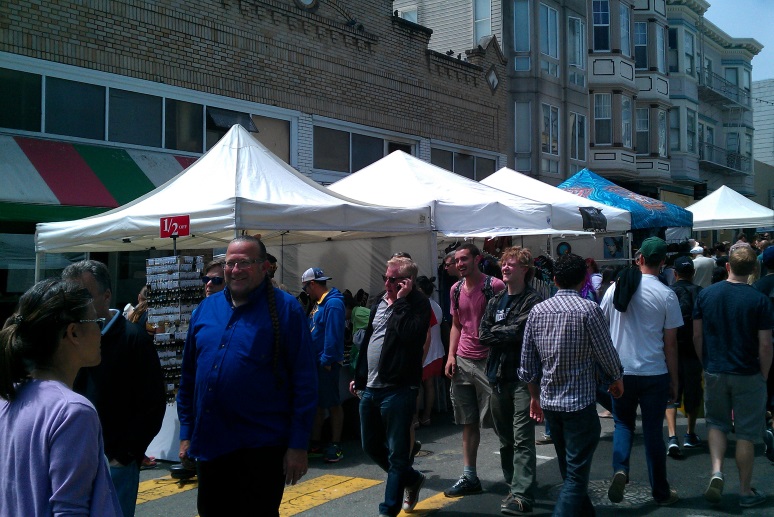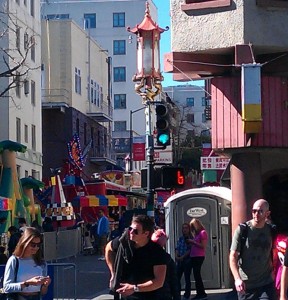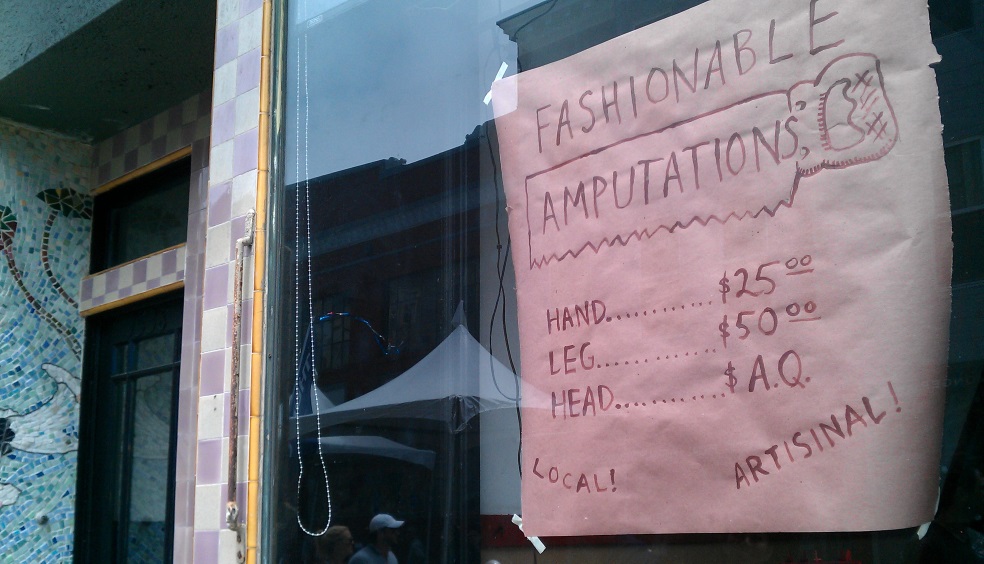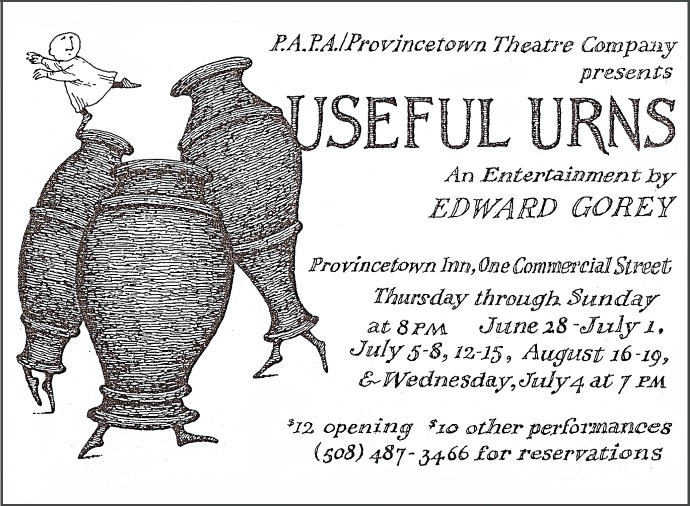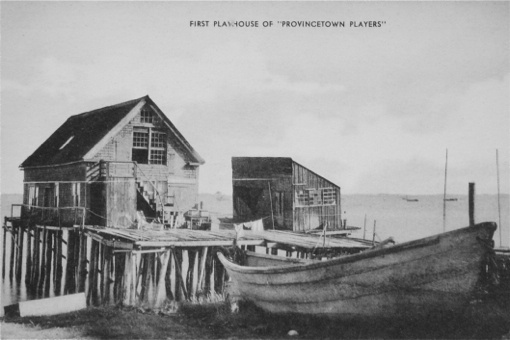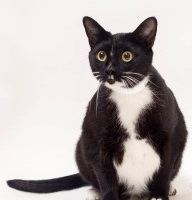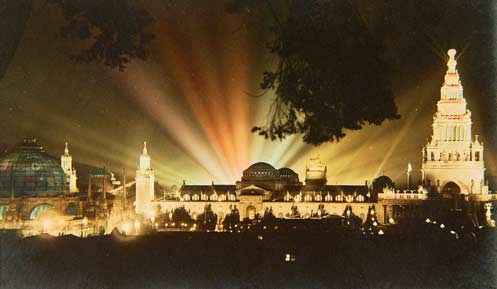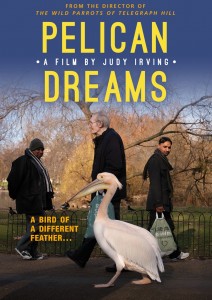When her new American husband proposed to run for sheriff, Venezuelan actress Eliana Lopez inquired about his horse and gun. That’s just one of the many crossed communication wires Lopez weaves into a deadly net in her one-woman play Cual Es El Escandalo?–a net that (as she sees it) choked and nearly killed her marriage to then-Supervisor Ross Mirkarimi, along with his career.
If you follow San Francisco news, you’ll recall the media’s side of the story back in 2012. Newly elected sheriff exposed as domestic abuser by neighbor’s video of his tearful wife showing off a bruised arm. Mirkarimi jailed; pleads guilty to misdemeanor; over his wife’s protests, barred by court order from seeing her or his son. Suspended without pay by Mayor Ed Lee. Outcry of outrage from foes of domestic violence and/or Mirkarimi leads to recall attempt, which fails, partly for lack of evidence or support from the alleged victim, who flees (briefly) to her native Venezuela. Board of Supervisors–skeptical that a bruised arm amounts to “official misconduct,” and noting it predated Mirkarimi’s becoming sheriff–overrides Lee’s suspension.
Lopez calls her play a fictionalized account (presumably to duck legal issues), but she makes it clear that this is her long-awaited chance to tell her side of the story. Her depiction of the mayor, “Mr. Lie,” is a scathing portrait of complacent corruption. Setting political judgments aside, Lopez’s own confusion and frustration as a bride in a strange city whose language she didn’t speak are convincing and moving. Her nightmare encounter with San Francisco’s justice system is all too plausible. So is the media’s response when she tries to correct what she saw as a mud-slinging campaign: “We want to talk about you, not with you.”
(presumably to duck legal issues), but she makes it clear that this is her long-awaited chance to tell her side of the story. Her depiction of the mayor, “Mr. Lie,” is a scathing portrait of complacent corruption. Setting political judgments aside, Lopez’s own confusion and frustration as a bride in a strange city whose language she didn’t speak are convincing and moving. Her nightmare encounter with San Francisco’s justice system is all too plausible. So is the media’s response when she tries to correct what she saw as a mud-slinging campaign: “We want to talk about you, not with you.”
Lopez performs Cual Es El Escandalo? roughly 35% in English and 65% in Spanish, both subtitled. The piece–cowritten and directed by her brother Alfonso, and presented at the Mission Cultural Center for Latino Arts–runs a bit over an hour. I was glad the momentum of events I only partly recalled (and only had heard about third-hand) wasn’t interrupted by an intermission. I did wish I’d seen Escandalo before its final performance; I’d have liked to recommend it to local theater fans as well as voters.
 One may question the timing of this production, just a few months before Ross Mirkarimi runs for re-election. Personally, I’m grateful for a first-person account of that soap-operatic scandal, which (as “Mr. Lie” promised) threatened to taint the sheriff’s reputation, his political future, and his family, then and now. As San Francisco voters face a rerun of the whole messy, colorful drama, why not let the central participant have an overdue voice?
One may question the timing of this production, just a few months before Ross Mirkarimi runs for re-election. Personally, I’m grateful for a first-person account of that soap-operatic scandal, which (as “Mr. Lie” promised) threatened to taint the sheriff’s reputation, his political future, and his family, then and now. As San Francisco voters face a rerun of the whole messy, colorful drama, why not let the central participant have an overdue voice?


